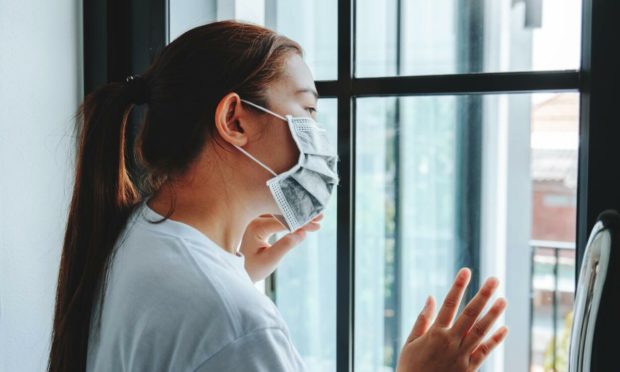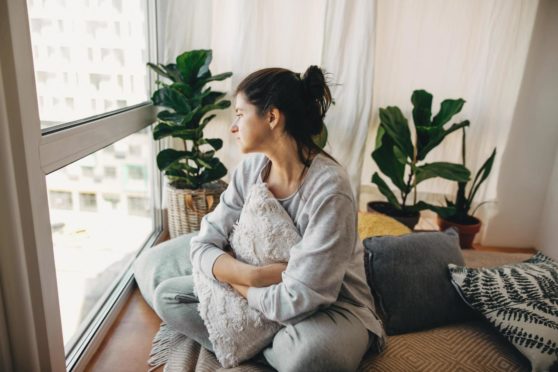Since the start of the Covid-19 outbreak, 330,851 people in Scotland have tested positive for the virus. This means many of us know the feeling of getting the dreaded notification from Test and Protect telling us to self-isolate.
But what are the plans for self-isolation as we continue to emerge from lockdown?
And do you have to remain in isolation for the full 10 days if you consistently test negative?
We’re answering all your questions about self-isolation as the Scottish Government sets out its new plans.
Can I leave self-isolation early?
The current self-isolation period is 10 days. This gives time for any symptoms to develop – known as the incubation period.
If you have tested positive, you should continue to self-isolate beyond 10 days until your symptoms have gone.
You may have to self-isolate if you’ve been in close contact with someone who tested positive after you met them. This is a precaution in case you too test positive.
Even if you consistently test negative, you should not leave your home before the 10-day period is complete.
Who is considered a ‘close contact’?
A ‘close contact’ is someone who has spent time with a positive Covid-19 case in the 48 hours prior to their symptoms beginning or returning a positive test.
‘Close contact’ is considered to be:
- Face-to-face contact under one metre apart for any length of time
- Being within one to two metres of each other for more than 15 minutes
- Spending lots of time in the home of the positive case
If you have been in close contact with someone who has tested positive 48 hours after the contact took place, Test and Protect should get in touch with you advising you book a test and self-isolate.
If Test and Protect do not contact you, you do not need to isolate, but you can if you wish to. However, if you begin to show symptoms, you will have to self-isolate.
What are the new self-isolation rules?
As of July 19, the self-isolation rules for those returning to Scotland from an amber list country will be scrapped for those fully vaccinated through a UK vaccination programme.
However people doing so will still have to test negative prior to entering Scotland and on the second day after arrival.
If all goes according to plan, as of August 9 self-isolation for double vaccinated close contacts of positive cases will be scrapped as long as they test negative and it has been two weeks since their second jag.
From Monday 19 July, travellers will not need to self-isolate if they are:
✅ fully vaccinated or under 18 and
✅ arriving from an amber list countryAdults and children over 12 must still take tests before travelling and on day 2 after arrival.
More at https://t.co/E9MjxMRbbq pic.twitter.com/PaUTUvaKpg
— Scottish Government (@scotgov) July 13, 2021
However, anyone testing positive will still be required to complete the minimum 10-day self-isolation period.
New guidance is also expected to be issued to NHS workers in coming days. It’s thought they will be advised self-isolation is no longer needed. Staff can continue to work if they are identified as a ‘close contact’, as long as they are fully vaccinated and test negative.
A similar move was adopted in England on Monday.

